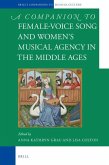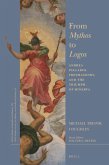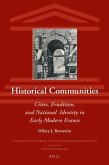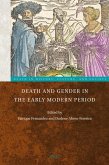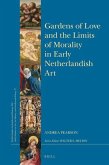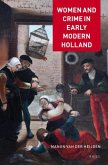This study presents the Tondo Doni to the new Florentine republic as a model of the 'great sacrament' of marriage from the New Testament book of Ephesians. Following fifteenth-century theology, Michelangelo portrayed Mary as a humble wife dominated and possessed by a virile guardian Joseph, the couple united as if a ~two in one flesha (TM). To compensate for their symbolic propinquity, the painter cast her as a paragon of virginity, a muscular "mulier fortis." In order to keep this virago in her place, Michelangelo coupled the Virgin in spiritual union with Christ, maenad-Psyche to bacchic Eros, attempting to mystify her social subordination into self-sacrificing love via Ficinian commentary and Saint Paul. Then, firing the Doni infanta (TM)s vehemence with a distinctly violent strain of Christian love, the painter turned to Dantea (TM)s "rime petrose" to continue the implied action and authorize a new painterly style, a sculptural "stile aspro."
Hinweis: Dieser Artikel kann nur an eine deutsche Lieferadresse ausgeliefert werden.
Hinweis: Dieser Artikel kann nur an eine deutsche Lieferadresse ausgeliefert werden.



